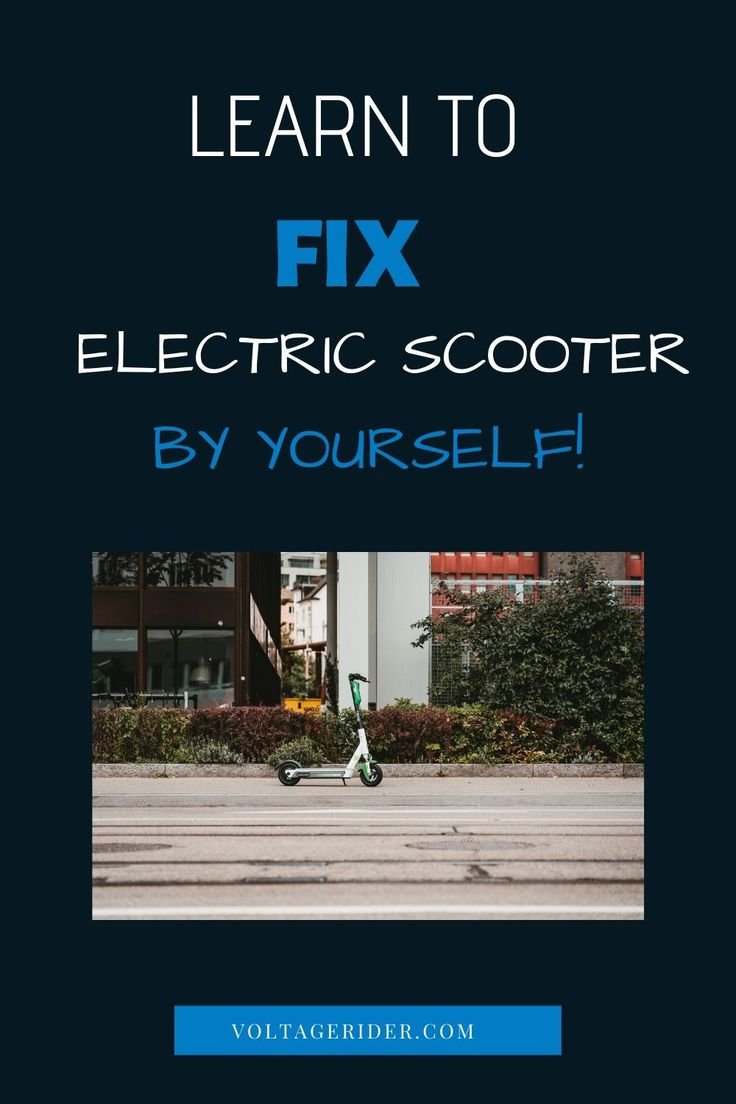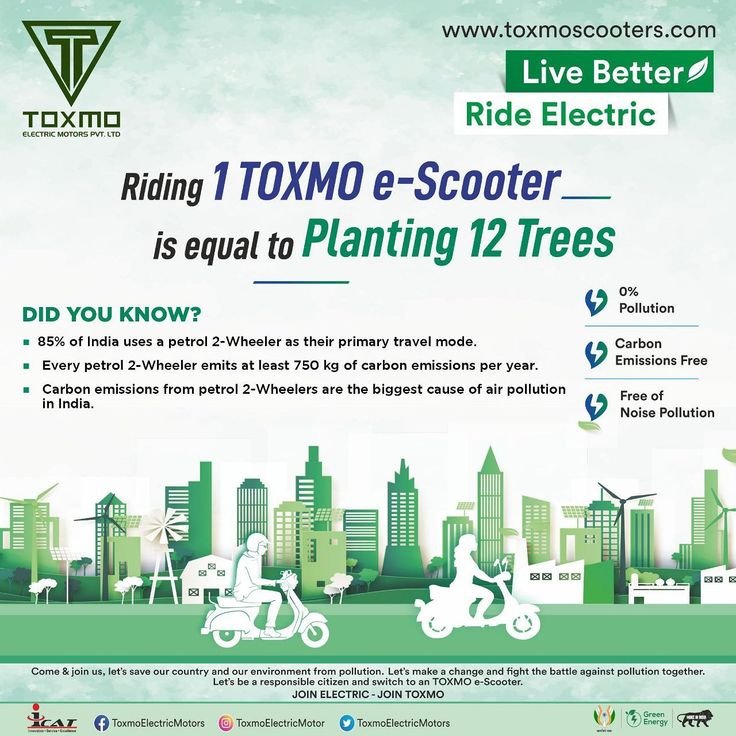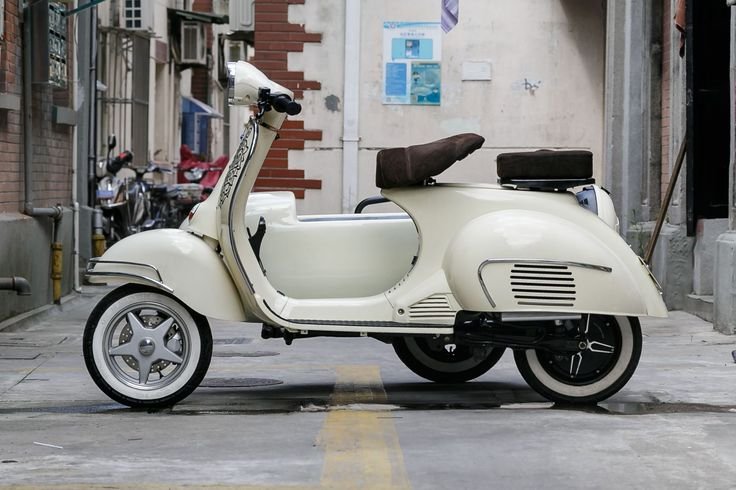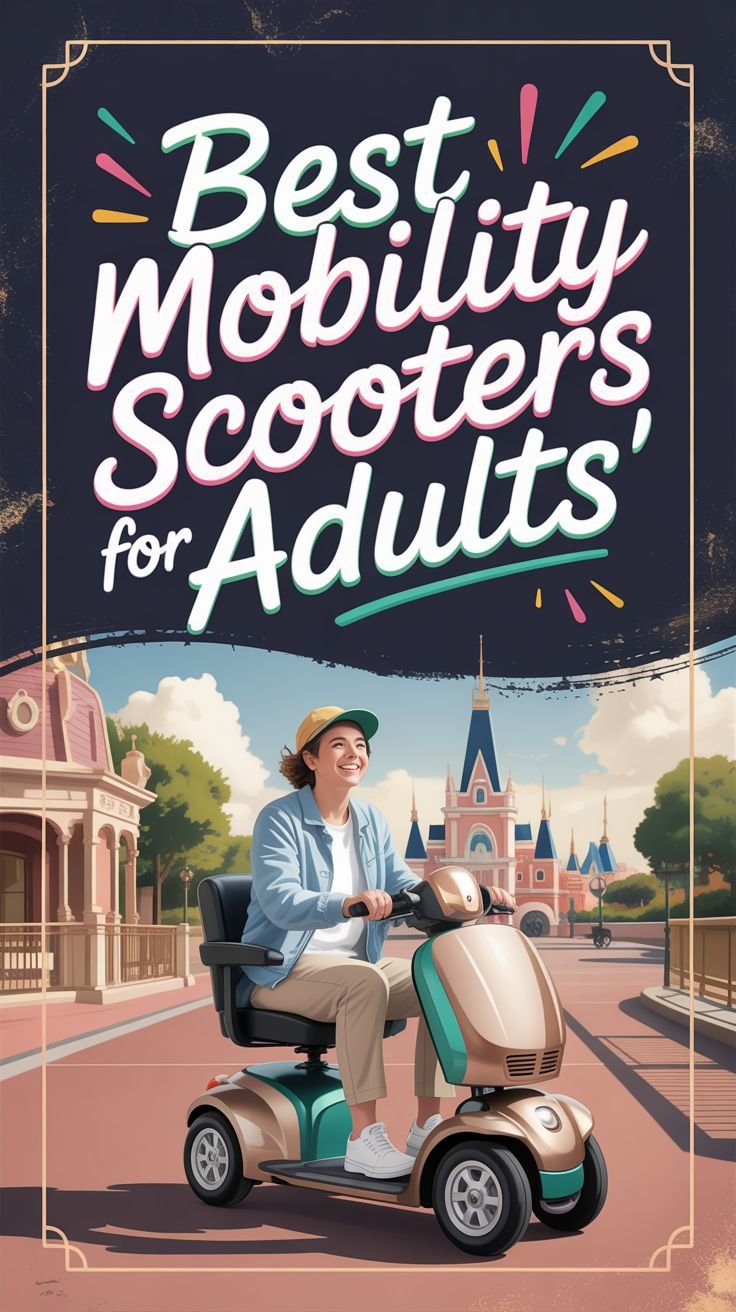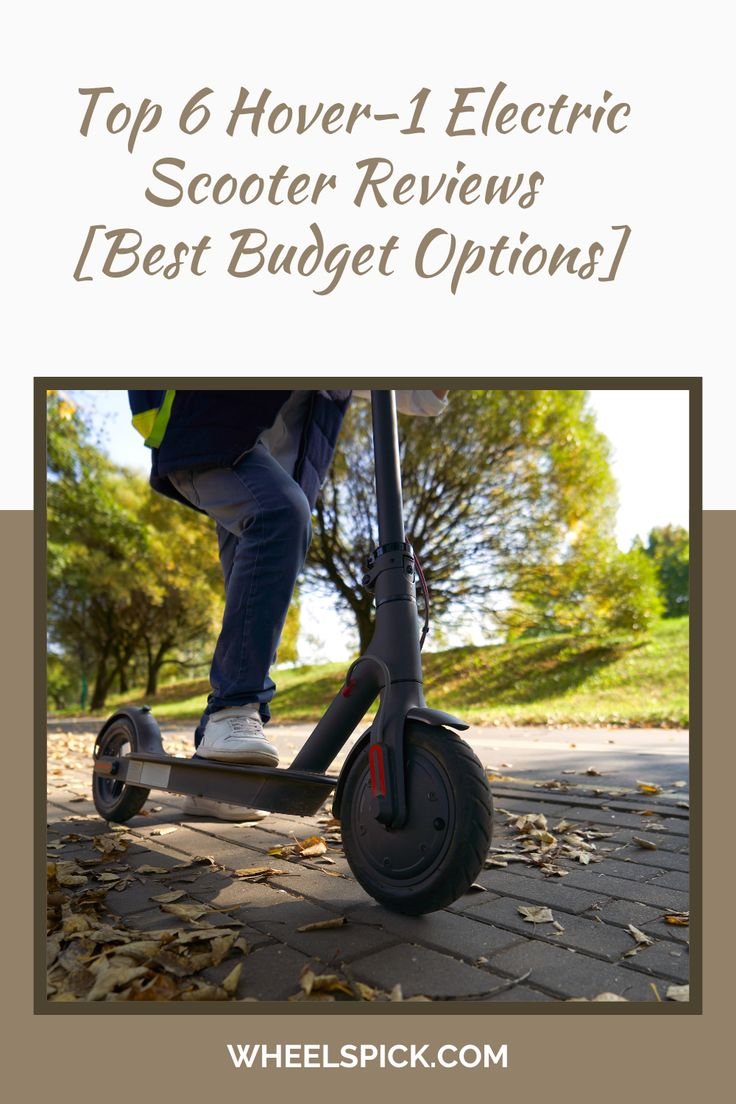The electric scooter industry has seen tremendous growth and evolution over the past few years, driven by innovation, sustainability efforts, and urban mobility demands. Entering 2025, several exciting trends are set to shape the future of e-scooters, enhancing both functionality and user experience. Here’s a closer look at the emerging trends you should watch this year.
1. Advanced Sustainability Features
Sustainability is at the heart of modern urban transport, and e-scooter manufacturers are doubling down on eco-friendly initiatives. Environmental consciousness is no longer just a bonus—it’s a necessity for staying competitive.
Greener Batteries with Better Performance
Traditional lithium-ion batteries are being replaced or upgraded by greener alternatives. Solid-state batteries, for instance, promise longer lifespans, faster charging, and reduced environmental impact. Additionally, recycling programs for spent batteries are becoming more widespread, ensuring fewer materials end up in landfills.
Sustainable Manufacturing Practices
Many companies are adopting sustainable production methods, switching to recycled or biodegradable materials for components like decks and frames. This trend aligns with growing consumer demand for products with lower carbon footprints.
Shared Fleets Going Carbon Neutral
E-scooter sharing platforms are also pledging to go green. Operators now prioritize renewable energy to power their fleets and logistics operations, reinforcing their position as champions of the environment.
2. Integration of Smart Technology
E-scooters are becoming smarter, integrating technologies that enhance not only functionality but also user convenience.
AI for Predictive Maintenance
Artificial intelligence is transforming how e-scooters are maintained. Sensors embedded in scooters collect data to predict and prevent mechanical failures before they happen. For fleet operators, this means reduced downtime and fewer operational disruptions.
App-Based Controls
Apps continue to play a critical role in improving the user experience. Beyond basic functions like unlocking and tracking rides, 2025 models integrate app-based features such as geo-fencing, battery optimization insights, and rider statistics. Many e-scooters now support smartphone notifications for weather alerts and maintenance reminders.
Voice-Control Integration
Voice-activated commands, seen in many smart devices, are making their way to e-scooters. From adjusting speed limits to checking battery life, riders can command their scooters hands-free, ensuring safer operation.
3. Focus on Safety Innovations
Safety has been a significant concern in the e-scooter industry, and companies are incorporating groundbreaking solutions to reduce accidents and rider risks.
Collision Avoidance Systems
Inspired by automotive technology, many e-scooters are now equipped with sensors and cameras capable of detecting and responding to obstacles. These collision avoidance systems will automatically adjust speed or issue warnings to riders when hazards are imminent.
Enhanced Lighting Systems
Improved visibility innovations like automatic headlights, brake lights, and turn indicators are becoming standard features. Adaptive lighting, which adjusts brightness based on surroundings, is also seeing greater adoption.
Sturdier Helmets and Accessories
E-scooter safety companies are introducing foldable, lightweight helmets that cater specifically to commuter needs. Some brands are combining style and utility by creating helmets that double as carrying cases for small items.
4. Urban Integration for Seamless Mobility
City planners and e-scooter providers are collaborating to make urban spaces more scooter-friendly, improving overall efficiency and usability.
Dedicated Scooter Lanes
Cities heavily impacted by commuter congestion are constructing dedicated e-scooter and micromobility lanes to ensure smoother traffic flow. These lanes significantly reduce conflicts between scooters, bicycles, and vehicles.
Charging Infrastructure Expansion
The rollout of universal charging stations tailored for e-scooters is improving accessibility. These stations, powered by renewable energy, allow riders to recharge conveniently across urban areas.
Multi-Modal Transport Integration
E-scooters are now part of larger mobility hubs, connecting seamlessly with trains, buses, and bike-sharing systems. Unified ticketing and subscription models allow users to combine multiple modes of transport efficiently.
5. Customizability for a Personalized Experience
Personalization is becoming a major focus for manufacturers, allowing riders to customize their scooters according to their preferences.
Modular Designs
Some e-scooter companies are introducing modular components such as interchangeable wheels, adjustable handlebars, and customizable accessories. Riders can adapt their scooters to fit daily needs, such as swapping heavy-duty tires for urban commutes or adding extra storage.
Color Customization and Branding
E-scooters with customizable color panels and branding options are gaining traction. This trend appeals to individual riders and businesses looking to promote personal or corporate identities.
6. Subscription-Based Ownership Models
Subscription services are moving beyond ride-sharing to encompass ownership. Instead of upfront purchases, riders can subscribe to monthly plans that cover maintenance, upgrades, and insurance.
Flexible Pricing
Plans range from budget-friendly options catering to occasional riders to premium subscriptions for high-end models with additional perks like unlimited maintenance and concierge services.
Access to Newer Models
Subscribers often benefit from regular upgrades to the latest scooter models, ensuring they always enjoy the newest technology without long-term financial commitments.
7. Energy-Efficient Motors
Emerging motor technologies are enhancing speed and efficiency while reducing energy consumption. Brushless DC motors, noted for their durability and quiet operation, are becoming the new standard. Furthermore, regenerative braking systems are being improved to harvest more energy, increasing overall range.
8. Rising Popularity of Cargo E-Scooters
Cargo e-scooters aimed at commercial deliveries and individuals carrying larger loads are emerging rapidly. These scooters are equipped with larger decks, higher weight capacities, and additional storage options. Perfect for urban deliveries, they are expected to revolutionize last-mile logistics in dense cities.
9. Diverse Accessibility Features
To make micromobility more inclusive, manufacturers are designing scooters tailored for individuals with physical impairments. These innovations include seated models, three-wheel designs for greater stability, and height-adjustable controls catering to a wider range of users.
Final Thoughts
The electric scooter industry in 2025 is showcasing an impressive mix of sustainability, innovation, and functionality. Advanced safety features, smarter tech solutions, and greater urban integration stand to redefine how riders interact with this form of micromobility. Additionally, promoting accessibility and sustainability ensures e-scooters remain a viable, inclusive option for a broader demographic while positively impacting the environment.
Staying updated on these trends allows you to make better purchase or usage decisions while enjoying the perks of riding smarter, safer, and more sustainable e-scooters. Whether you’re an urban commuter, fleet operator, or first-time rider, the future of e-scooters has something exciting in store for everyone.

